-
Junior Member
registered user
Hi all.
In this four remark about NativeUSB (LiveUSB) I like to emphasize the fact that a NativeUSB (and beyond) represents a departure from the traditional "desktop era" in the information technology.
[Mainframes]
We can think as (big) computers as the first era in IT, with focus on the hardware and system software specific for that hardware.
[Desk PC era]
We can think as the Apple II creating a new era in IT, the era where people can have a computer in their desk.
[Mobile Render Devices and Cloud Processing (Computing)]
The appearance of the "web2.0" and the creation of the iPod and the iTunes Music Store can be used as the "mark" when the so-called "cloud computing" appears. Then, the creation of the iPhone upon the iPod Platform consolidates the idea with the introduction of the "render device" as counterpart of the "cloud computer".
Render Devices like the Kindle, Google Nexus One, iPhone does not need to have massive power processing necessarily, they can achieve great results by combining mobility with the "cloud" that they "talk to". In fact, the combination of the "cloud massive power and resource" with the mobility and convenience of the "render device", they can achieve a breakthrough experience in results when compared to the "desktop PC".
This "breakthrough" in experience doesn't come from the power of the CPU or the sophistication of the (traditional) O.S., rather, the innovation achieve unprecedented results by combining relative simple and low power render devices in one side with network of relative simple and cheaper networked "PCs" at the other side. Perhaps none of the sides are using sophisticated Operating Systems to achieve its functionality (although it may be used).
What we have here is a relative higher form (sophisticate) combining simple components, creating something bigger (higher) than previous possible.
So, instead of:
Exploring powerful CPUs and sophisticated Operating Systems.
We can explore the idea of:
Explore the power of combining LESS powerful CPUs and LESS sophisticated Operating Systems.
As this following picture suggest, I believe that we can use Google, Amazon and Apple (what they are doing) to get inspiration and insights into this "cloud/render device" paradigm, and try to capture ideas to put into practice.
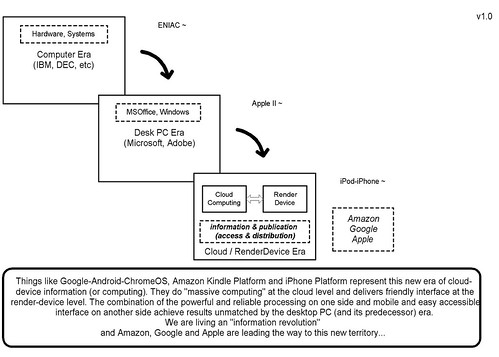
Hires: http://farm5.static.flickr.com/4014/...f1ba3d42_b.jpg
So, to conclude this four point I like to put the idea that Apple, Google and Amazon are already exploring the idea of different conception for what and OS mean, and by creating SMALLER and packing LESS functions into the OS, it still possible to achieve higher level of results by exploring the combination of small pieces connected together by the net.
Valter
 Posting Permissions
Posting Permissions
- You may not post new threads
- You may not post replies
- You may not post attachments
- You may not edit your posts
-
Forum Rules

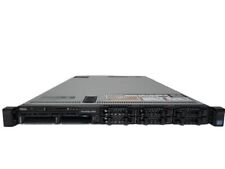
Dell Poweredge R620 2x E5-2680 2.7ghz 16-Cores / 128gb / H710 / 2x Trays / 750w
$199.99
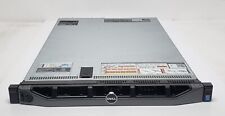
Dell PowerEdge R630 Dual Intel Xeon E5-2620 v3 @2.40GHz 32GB RAM No HDD H730
$132.50
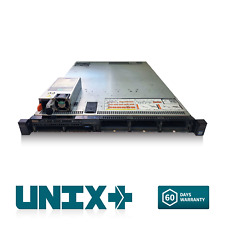
Dell R630 Server 2x E5-2620 V4 2.1GHz =16 Cores 128GB DDR4 1x 960GB 2x 1G 2x 10G
$240.00
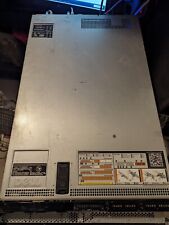
Dell PowerEdge R620 Server 2x E5-2660 v2 2.2GHz 20 Cores 256GB RAM 1x 480GB SSD
$144.99
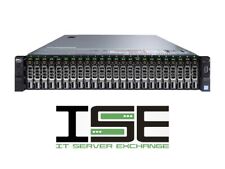
Dell R730xd 26 Port SFF 2x E5-2697v4 36-Cores H730 128GB Server 2x SFP 10G ENT
$490.00
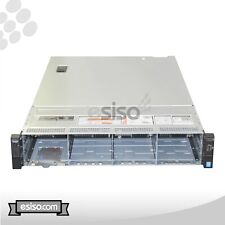
DELL POWEREDGE R730xd 12LFF 2x 8 CORE E5-2620V4 2.1GHz 32GB RAM NO HDD
$264.00
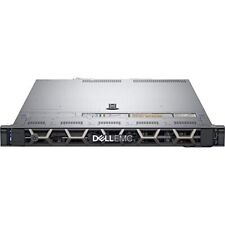
Dell PowerEdge R440 10-Bay Server | 2x Xeon Gold 6126 12Core CPU, 64GB PC4 RAM
$659.00
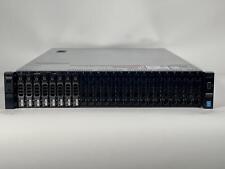
Dell PowerEdge R730XD DUAL XEON E5-2680v3 2.5GHz 24 Core 256GB RAM 8x32GB DIMM
$575.00
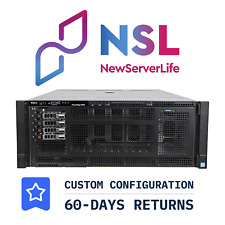
DELL PowerEdge R930 4x E7-8890v4 2.2GHz =96 Cores 128GB H730p PCIe 2xSFP+ RJ45
$1050.00
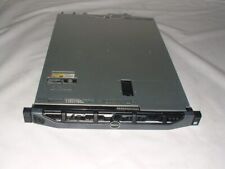
Dell PowerEdge R330 Xeon E3-1220 v5 3.0GHz 32gb H330 2x 3.5" Trays SVR 2012
$189.99




 Reply With Quote
Reply With Quote










